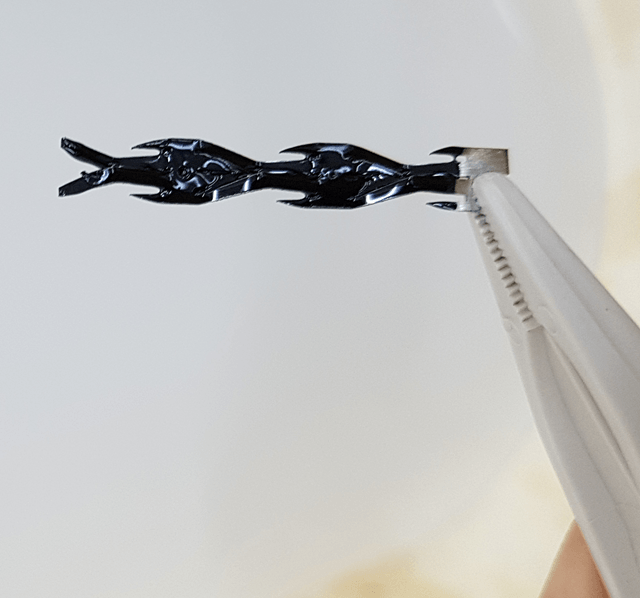Feb 21 2019
CSIRO, Australia’s national science agency, has developed an innovative new form of graphitic material that is conductive and easy to apply and offers better control over performance than graphene.
 Image credit: CSIRO
Image credit: CSIRO
Furthermore, GraphON can be manufactured easier and cheaper, with higher flexibility and less harmful waste than comparable materials.
At the Australian International Aerospace and Defense Exposition at Avalon, CSIRO has a booth in Hall 2, where its team will handle queries regarding GraphON.
GraphON has the potential to offer industries like aerospace and defence an innovative new way to conduct heat or electricity through a surface coating or composite structure. Potential uses include electrostatically dissipative coatings, electromagnetic interference shielding, electrical heating (de-icing), conductive coatings, and anticorrosion coatings.
Dr John Tsanaktsidis, Synthetic Organic Chemist, CSIRO.
GraphON, a patented CSIRO technology, is made by taking the common, mass manufactured polymer polyaniline dinonylnaphthalenesulfonic acid, PANI.DNNSA, and heating it to temperatures as low as 650 °C.
CSIRO’s form of this polyaniline can be dissolved in widely used organic solvents, and it can be easily mixed with other paints and polymers. Furthermore, by coating PANI.DNNSA straight onto an object, and then heating it, the result is a conductive graphitic coating, GraphON, without the need for further processing steps.
What is different about GraphON is that it comes directly with imbedded heteroatoms such as nitrogen and oxygen in the graphitised material. This unique feature of GraphON greatly improves its dispersibility in a variety of other materials and solutions.
Dr John Tsanaktsidis, Synthetic Organic Chemist, CSIRO.
The name “GraphON” indicates the presence of oxygen and nitrogen in the carbon-based structure which is easy and inexpensive to create.
The GraphON manufacturing process is estimated to cost less than $US 2000/kg, which becomes another selling point and will help drive the development of new applications using it.
To ensure GraphON is made to the highest quality, we use flow chemistry to produce the polyaniline precursor. This guarantees the end product is scalable, consistent, and reproducible.
Dr John Tsanaktsidis, Synthetic Organic Chemist, CSIRO.
GraphON can also probably be used in the following areas:
- Chemical sensors
- Conductive inks
- Textiles/fabrics
- Energy capture and storage
- Electrodes and supercapacitors
- Printed circuit board manufacturing
CSIRO is one of the largest mission-driven multidisciplinary science and research organizations in the world. It partners with government, academia, industry, and the community to transform science into solutions.
The organization is seeking commercialization partners to help convert its GraphON technology into industrial applications.